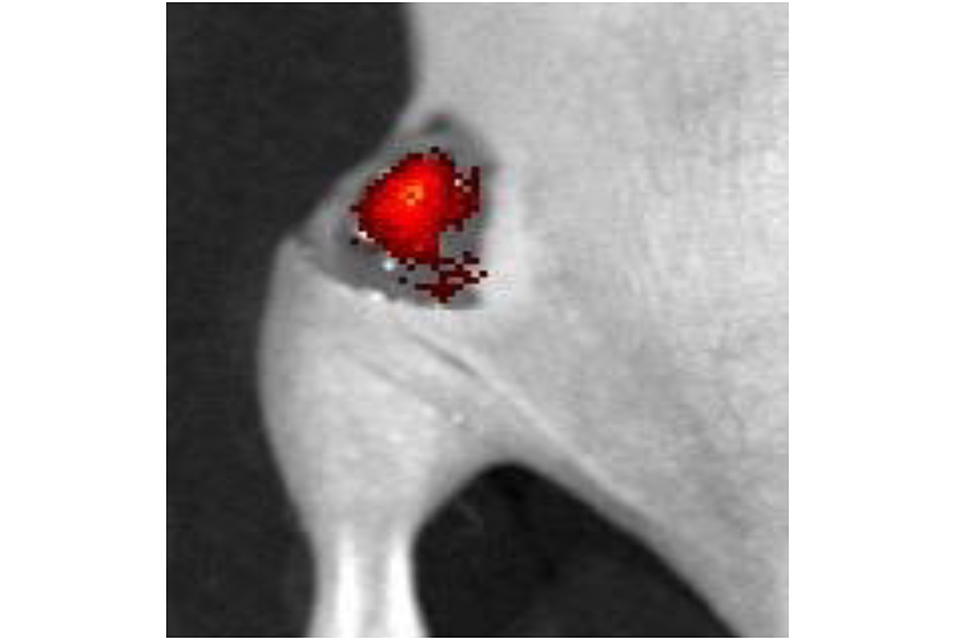WASHINGTON, DC.- The prognosis for a cancer patient who undergoes surgery is better if the surgeon removes all of the tumor, but it can be hard to tell where a tumor ends and healthy tissue begins. Now, scientists report in
ACS Sensors that they have developed a fluorescent spray that specifically lights up cancerous tissue so it can be identified readily and removed during surgery.
Surgeons often use sight and touch to identify cancerous tissue, but this approach can miss small tumors, as well as diseased cells at the margins between a tumor and healthy tissue. Fluorescence-guided surgery is an emerging technology that could enhance this difference. The method relies on fluorescent probes that target cancerous tissue and heighten its visibility. But some of these compounds must be administered many hours or days before surgery —sometimes necessitating a long hospital stay — and they might not reveal tiny tumors. In addition, these compounds can require a large dose if they’re injected, or a washing step to get rid of excess dye if they’re applied to the tumor site. So Ching-Hsuan Tung and colleagues set out to develop a fluorescent probe to rapidly visualize diseased tissue, even on a small scale, when sprayed on a surgical site or injected.
The researchers started with a compound they had previously designed that remains nearly invisible at the neutral pH of healthy tissue, but fluoresces brightly in the near-infrared range in the acidic environment of tumors. That initial compound linked a pH-sensitive amino group with a cyanine fluorophore. It worked when injected, but didn’t produce a signal when applied as a spray, so the team replaced some of its methyl groups with isopropyl groups. That made the new compound more responsive to the acidic tumor environment. When sprayed, it delineated tumor edges in mice within minutes, without the need for washing. And when injected in the abdomen of mice, it illuminated ovarian tumors as small as 1 mm in diameter in an hour. The researchers say the compound could enhance a surgeon’s ability to visualize and remove cancerous tissue.
The authors acknowledge funding from the National Institutes of Health. Tung and other authors are co-inventors of a patent application for the fluorescent spray. Two of the authors are employees of Molecular Targeting Technologies Inc.









